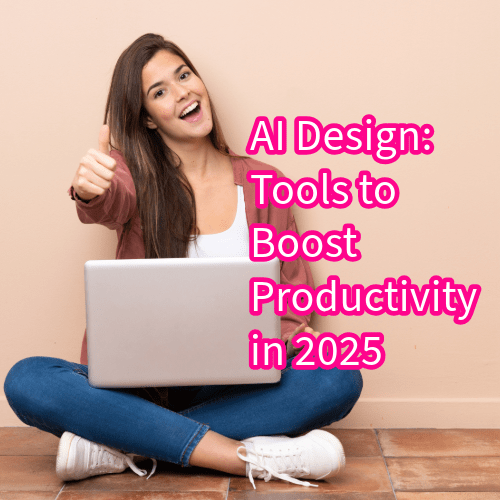
Artificial Intelligence (AI) has transformed industries, and design is no exception. By 2025, AI-driven tools are reshaping the creative process, enabling designers to work more efficiently and innovate in unprecedented ways.
These tools empower designers by automating repetitive tasks, generating creative ideas, and enhancing collaboration.
Here are some AI design tools to boost your productivity in 2025.
AI Design: Tools to Boost Productivity in 2025
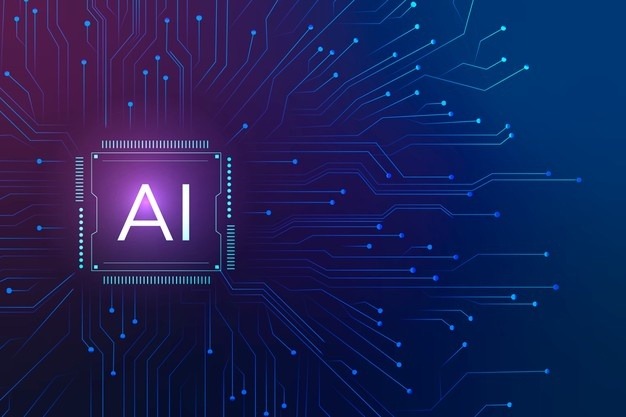
- Generative Design Tools
Generative design leverages AI to create design options based on user-defined constraints. These tools are becoming necessary in industries like architecture, product design, and user experience (UX) design.
Features
Idea Generation: AI algorithms generate thousands of design possibilities based on input parameters, such as material, cost, and aesthetics.
Optimization: These tools identify the best designs by balancing functionality and aesthetic appeal.
Real-Time Feedback: Designers can tweak inputs and receive instant updates, streamlining the iteration process.
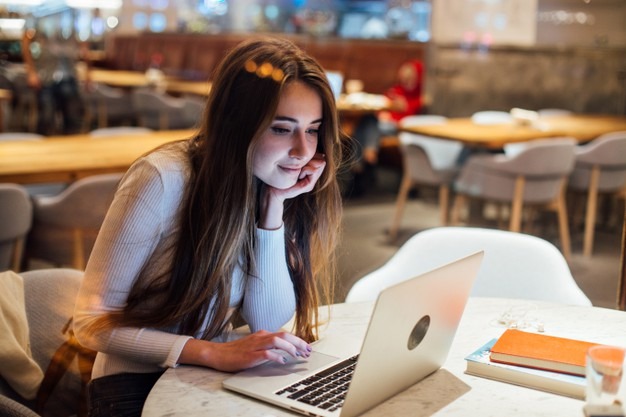
Examples
Autodesk Fusion 360: Popular in engineering and product design, Fusion 360 uses generative design to explore optimized manufacturing solutions.
Adobe Firefly: This AI tool can create graphics and visual elements by combining generative algorithms with Adobe’s creative suite.
- AI-Powered Design Assistants
AI-powered design assistants are revolutionizing workflows by automating tedious tasks, such as resizing assets, adjusting layouts, and proofreading.
Features
Automation: Tools handle repetitive tasks like color correction, typography adjustments, and format conversion.

Smart Recommendations: AI suggests design improvements based on best practices and trends.
Contextual Assistance: AI provides context-aware tips to improve user interfaces and enhance accessibility.
Examples
Canva Magic Design: With AI-powered design suggestions, even non-designers can create professional-grade visuals effortlessly.
Figma’s AI Plugins: These plugins provide intelligent layout adjustments, helping teams collaborate on user interface designs.
- Natural Language Processing (NLP) Tools
NLP-driven tools are bridging the gap between ideas and execution. They can help designers to use natural language commands to generate designs.
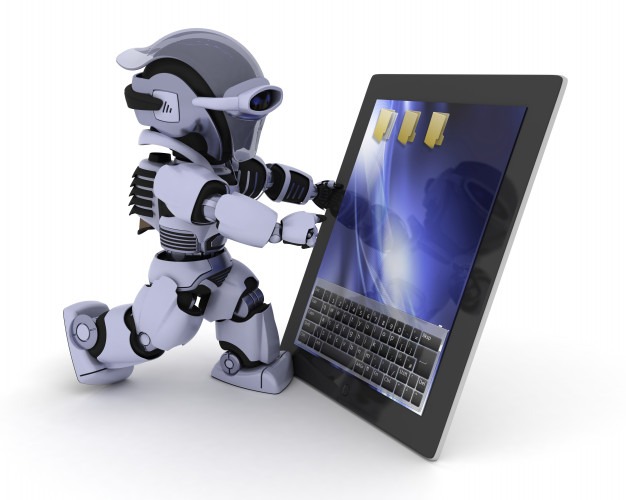
Features
Text-to-Design: Designers can describe what they want in plain language, and the tool generates corresponding designs.
Content Creation: AI assists in writing copy, headlines, and descriptions that align with brand identity.
User Feedback Analysis: NLP tools analyze user feedback to uncover trends and inform design decisions.
Examples
ChatGPT Plugins for Design: From generating design briefs to brainstorming ideas, ChatGPT assists designers in streamlining their creative process.
Runway ML: Runway’s NLP tools allow designers to edit and create multimedia assets through simple text commands.
- AI-Driven Prototyping Tools
Prototyping is an essential phase in the design process, and AI-driven tools are making it faster and more interactive.

Features
Automated Wireframing: AI generates wireframes and prototypes from sketches or descriptions.
Interactive Simulations: Tools create realistic simulations that allow users to experience the design before development.
Feedback Integration: AI collects and integrates user feedback into iterative prototypes.
Examples
Framer: Known for its interactive prototyping capabilities, Framer uses AI to optimize user experiences.
UXPin Merge: This tool integrates AI to bridge the gap between design and development, ensuring functional and aesthetic alignment.
- Collaborative AI Platforms
Design is collaborative, and AI platforms facilitate seamless teamwork across geographies and disciplines.

Features
Real-Time Collaboration: AI supports simultaneous work on projects by multiple team members.
Version Control: Smart algorithms track changes and ensure the integrity of design files.
Project Management Integration: Tools integrate design workflows with project management systems for better tracking.
Examples
Miro: A collaborative whiteboard platform, Miro leverages AI to organize brainstorming sessions and streamline project workflows.
Notion AI: Notion’s AI enhances documentation and team collaboration, making it easier to align design goals.
- AI-Enhanced Visual Editing Tools
Visual content creation has been revolutionized by AI tools. They can produce stunning visuals in less time.

Features
Photo Editing: AI automates tasks like background removal, object detection, and color grading.
Video Editing: Intelligent algorithms streamline video cutting, audio syncing, and special effects.
Style Transfer: Designers can apply unique styles to their work with AI-powered filters.
Examples
Photoshop AI Tools: Adobe’s AI features include automated selections, smart object editing, and neural filters for creative effects.
Descript: A video and audio editing tool powered by AI, Descript simplifies editing by treating media as editable text.
Useful Info
Ethical AI in Design
As AI becomes more integrated into design workflows, ethical considerations are paramount. Designers must ensure that AI tools are used responsibly.
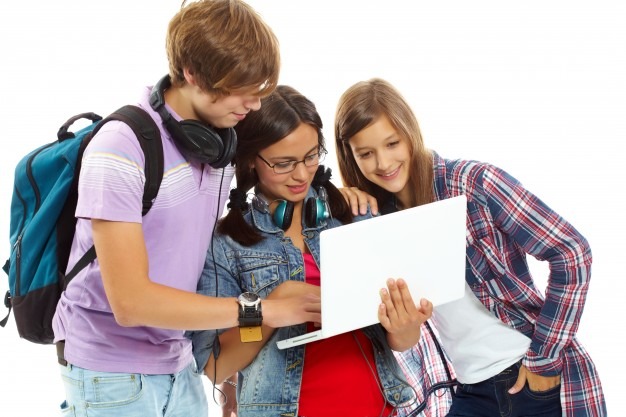
Bias Mitigation: Regularly audit AI algorithms to prevent biased outputs.
Transparency: Clearly indicate where and how AI contributes to designs.
Data Privacy: Safeguard user data and comply with regulations like GDPR.
Industry Standards
Organizations like the World Design Organization (WDO) and the AI Ethics Lab are working to establish guidelines for ethical AI usage in design.
The Future of AI in Design
The potential of AI in design is boundless, and its future promises even more transformative changes.

Predictions
Hyper-Personalized Designs: AI will enable customization at an unprecedented scale, tailoring products and experiences to individual users.
Enhanced Creativity: By handling technical aspects, AI will free designers to focus entirely on innovation.
Immersive Experiences: AI-driven AR and VR tools will redefine how we interact with digital content.
Challenges

Skill Gaps: Designers must adapt to new technologies and learn to work alongside AI.
Over-Reliance: Balancing AI assistance with human creativity will remain crucial.
AI design tools in 2025 are not just productivity boosters but catalysts for innovation and art.
The design industry must embrace AI tools and foster a synergy between technology and creativity.
AI Tools for You
https://www.bestprofitsonline.com/myblog/newai
Tip
How To Improve Your Social Media Marketing
